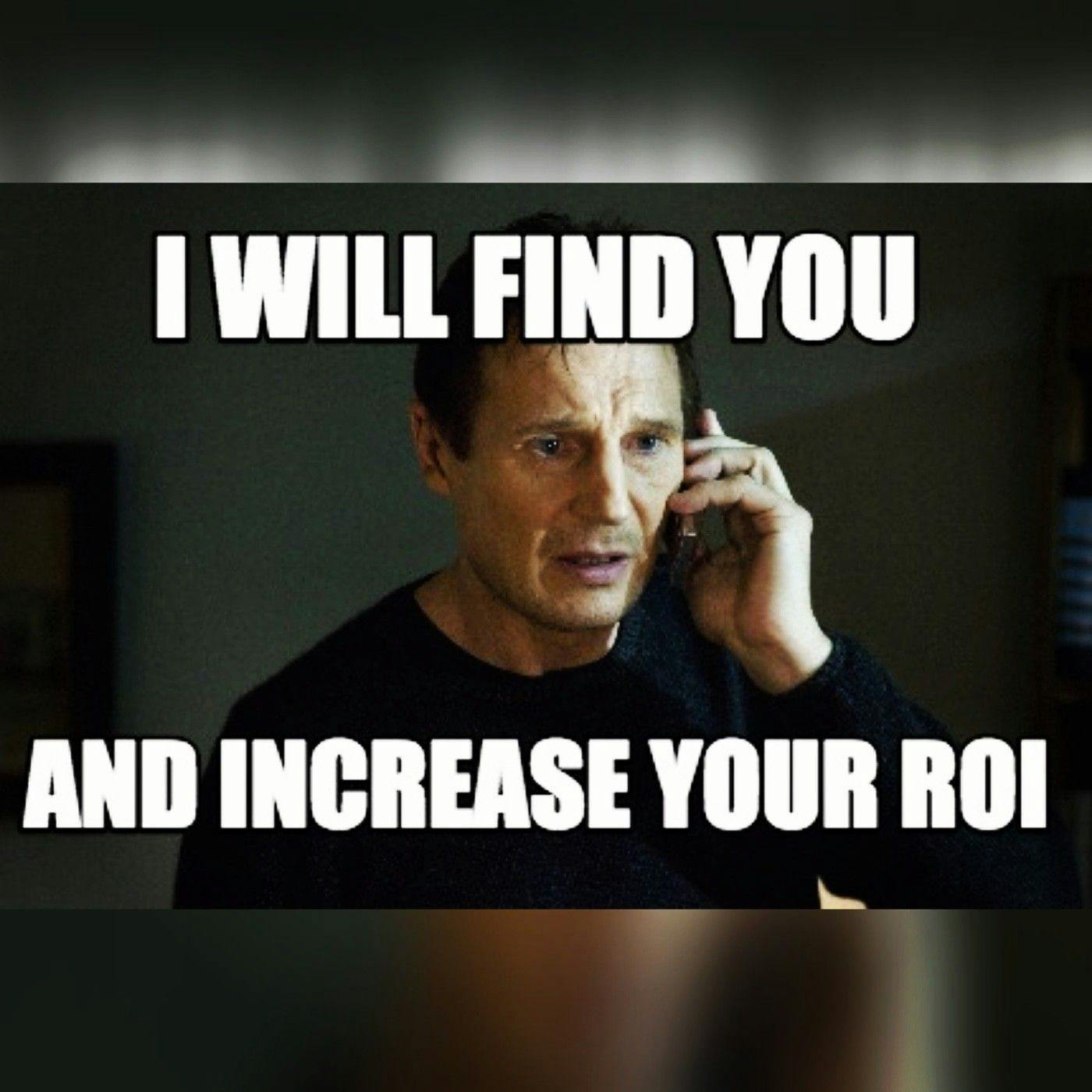

As most of you startup junkies should know by now, perhaps the hardest thing as a business person, when raising a series of financing, is sorting out your valuation. It is actually a craftsmanship and evaluating the organization ineffectively can have an adverse consequence towards future rounds of financings.

Some of the most well-known approaches to put a sticker price, used by VCs on your business incorporate the following techniques:
As you find above, there is more than one way to value your startup. Despite what it may look like in the media; there are actually solid equations for pricing investment rounds.

Here are some of the different rounds a startup are likely to go through:

In addition, it is essential to recognize pre-money valuation from post-money valuation. Pre-money valuation is a term you regularly hear in the VC scene. This just methods the measure of amount of value that is attributed to the organization by investors before the investment dollars go in. It's primarily utilized as a benchmark to decide the measure of value that new investors will get in a startup.
So if the "pre-money valuation" is $4 million, and the investors put in < mm, in principle, the founders own 80% of the organization and the investors own 20% of the organization.
In another scenario, if the pre-money is $4 mm and the investors put in $2 mm, the founders now just own 66% of the organization and the investors own 33% of the organization. The pre-money valuation PLUS the sum contributed gives you the "post-money valuation".
In our first model it was $5 million ($4mm pre-money in addition to < mm invested capital) and in our second model the post-money was $6 million ($4 mm pre-money in addition to $2 million invested capital).
Utilizing the pre-money valuation as a reason for venture is more normal than post-money, in light of the fact that the estimation of the current value isn't diminished based on the amount of extra capital the founders can raise.
The way I see it, the most ideal approach to set up a valuation is to perceive what the market is paying for some of your peers when they were at your equivalent financing stage. There are a few really good websites that you can use to track such transactions. Utilizing peer valuations to set up your own makes it hard for investors to reveal to you that your valuation is too high which is regularly a strategy utilized by investors to bring your cost down to get greater value for their venture.
Hope you enjoyed this! If you have any thoughts on this and would love to share your ideas as well, feel free to reach out to us any time at all!
Email us directly at hello@sigmaschool.co!
Want to learn to find out more about what we do?
Learn more here: https://sigmaschool.co
Let’s get social! Find us on:
Facebook: https://www.facebook.com/joinsigma/
Instagram: https://www.instagram.com/joinsigma/
Linkedin: https://linkedin.com/company/79085028/